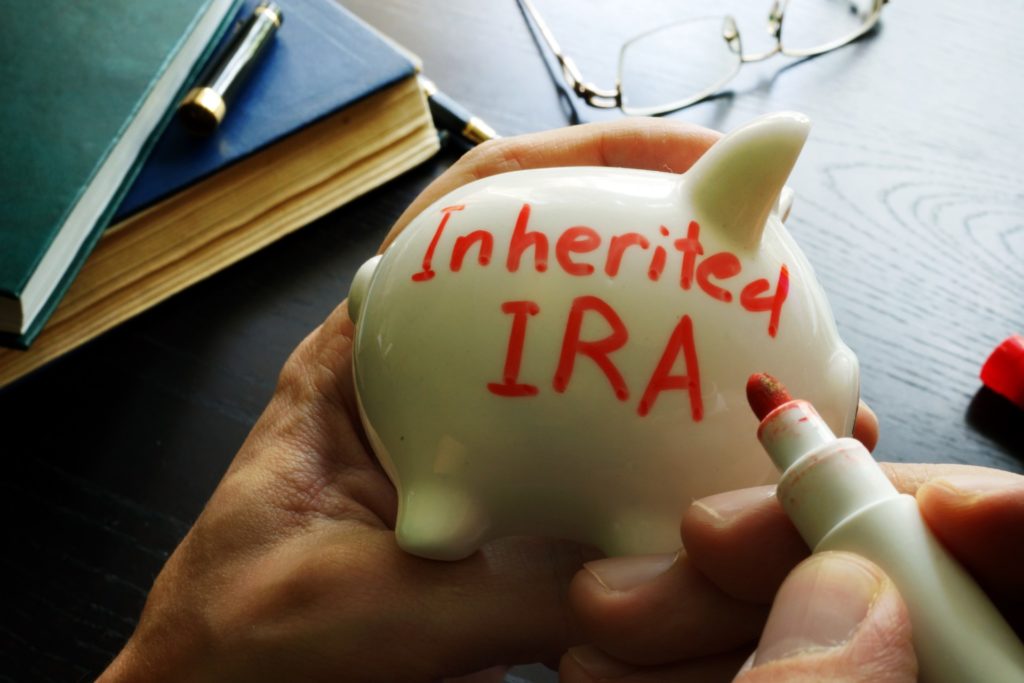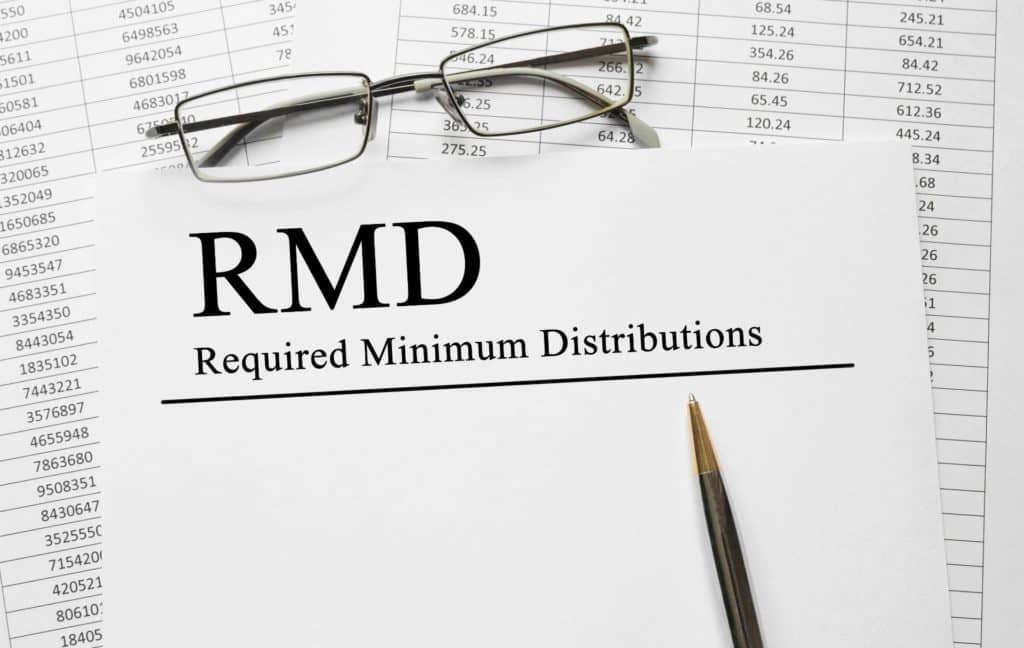
Why Decline Inheriting an IRA?
If the strategy is executed properly, an individual can disclaim interest in an inherited IRA and avoid any of the gift and income tax consequences associated with receiving the property.
Call us Anytime
Laurel, MD 20707
Downs Law Firm, P.C.
Home • Retirement Plans • Stretch IRA

If the strategy is executed properly, an individual can disclaim interest in an inherited IRA and avoid any of the gift and income tax consequences associated with receiving the property.

Navigating the often complex world of inherited individual retirement accounts (IRAs) can be daunting, especially in the wake of losing a loved one.

Who you choose as the annuity beneficiary may impact how the annuity income is taxed if you pass away.

Estate planning is a cornerstone of any healthy financial plan, but it can be difficult to discuss.

So, you inherited a retirement account. Before you make any decisions on when and how to access the money, it’s worth familiarizing yourself with the rules that apply to different beneficiaries.

When an estate is named beneficiary of an IRA, what is the method of distributing it to one individual in the most tax-effective way?

Charitable remainder trusts give you more options and more control on how your heirs inherit, now that the “stretch” IRA is a thing of the past.

The SECURE Act killed the stretch IRA but instead of mourning, advisors can help clients make up the loss.

There have been several law changes that affect IRAs passed since December 2019.

The Secure Act will force faster withdrawals from Inherited IRA Accounts.